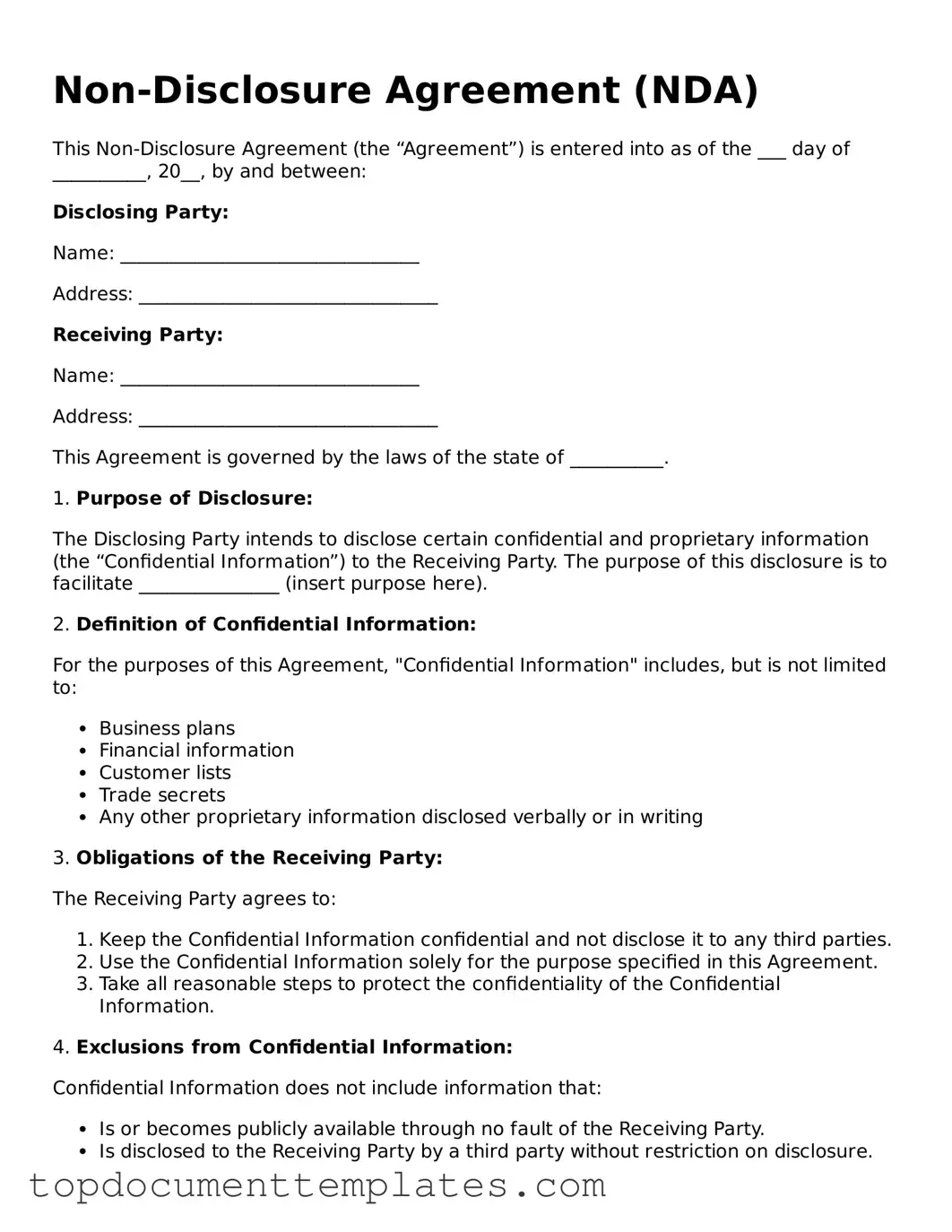In today’s fast-paced business world, protecting sensitive information is crucial for maintaining a competitive edge. A Non-disclosure Agreement (NDA) serves as a vital tool for individuals and organizations seeking to safeguard their confidential information from unauthorized disclosure. This legally binding contract outlines the terms under which one party agrees to keep certain information private, ensuring that trade secrets, proprietary data, and other sensitive materials remain secure. Key aspects of an NDA include the definition of what constitutes confidential information, the obligations of the parties involved, the duration of confidentiality, and the consequences for breaching the agreement. Whether you are an entrepreneur sharing your innovative ideas with potential investors or a company disclosing proprietary processes to a contractor, understanding the intricacies of an NDA is essential. By establishing clear expectations and legal protections, this agreement fosters trust and encourages collaboration while minimizing the risk of information leaks.
